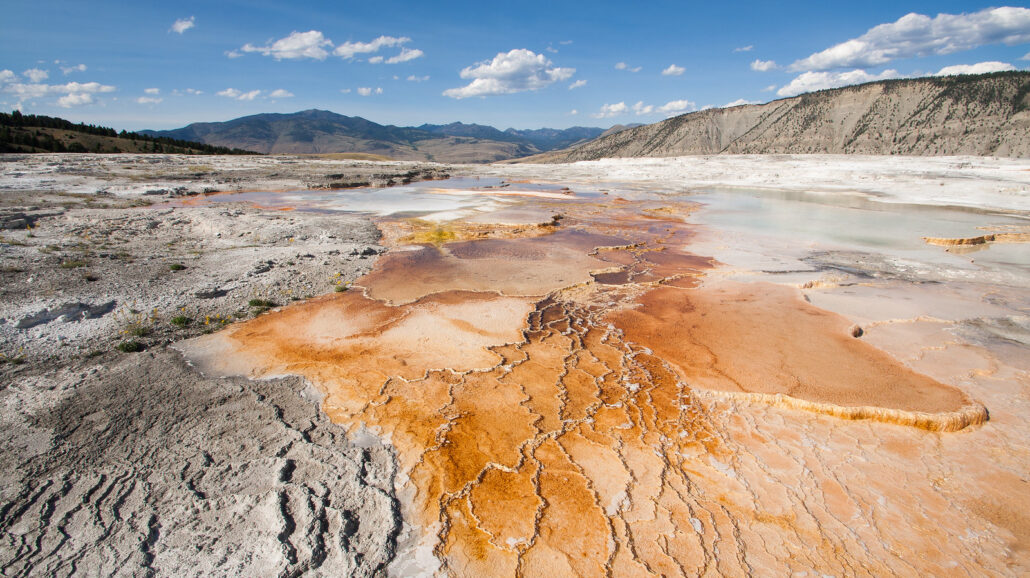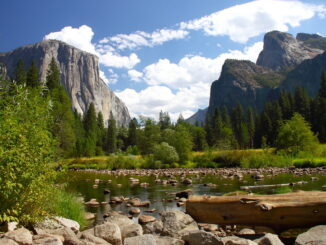
The federal government has passed a spending package that will avert a national park system shutdown in the United States, but critics say the system will still be left badly underfunded.
The US Congress passed a $1.2 trillion federal spending package last week. President Joe Biden signed it into law on Saturday. His signature means the US federal government will avoid another temporary shutdown.
As federal government units, the national parks will stay open, as well. Park authorities earlier warned that any federal government shutdown caused by inaction on Capitol Hill would force all national parks across the nation to temporarily shutter.
The budget approved for the National Park Service is in line with the proposal submitted to Congress by President Biden. NPS advocates, however, say the money approved for the national parks is far short of what’s required. In particular, they say the current spending plan will force NPS to skip completing a massive backlog of overdue maintenance projects.
“Unfortunately, the President’s most recent budget proposal misses the mark when it comes to better addressing the Park Service’s maintenance backlog,” John Garder, a senior director at the National Parks Conservation Association (NPCA), told Public Parks.
Garder acknowledged that the spending proposal Biden put forward offered more money for national park maintenance than Congress had originally planned. However, the spending package the president ultimately signed will not be enough to cover the large maintenance backlog or “to keep the maintenance backlog from growing,” he said.
“The backlog of repair needs at our national parks has reached $23 billion,” Garder said. “This includes hundreds of critical repair projects at parks across the country to fix issues such as crumbling roads, worn-out trails, failing water and sewer systems, and other maintenance issues.”
President Biden proposed an NPS budget of $3.57 billion for fiscal year 2025.
The National Park Service’s press office said the spending plan is adequate given current economic realities. Public pressure is mounting to reign in federal spending due to cost overruns driven by inflation, but also because of the federal government’s colossal and rising debt burden. Currently, the federal debt stands at more than $33 trillion.
The forthcoming NPS budget “balances investments in key priorities with necessary funding for day-to-day operation of the National Park System, while maintaining fiscal responsibility and adhering to tight budget constraints,” the Park Service said in a release.
In addition to unfunded maintenance projects, the Park Service needs funds to hire and retain employees. NPS says some $100 million will be directed at employee housing.
The president also proposed directing more than $237 million on construction needs. Another $151 million was proposed for historic preservation projects.
Critics point out that the national park system is so underfunded that it is increasingly reliant on outside support and charitable foundations.
The National Park Foundation recently announced that a philanthropic group donated $40 million to address employee housing needs at Yellowstone National Park. The anonymous donors contributed to help NPS build “70 new modular units to address the critical shortage of employee housing at the park,” NPF said.
Will Shafroth, President and CEO of the National Park Foundation, called the private donation a “transformational gift [that] will meet a critical need for new housing in Yellowstone, and be a catalyst for more philanthropic investment.”
NPS says there are some 5,600 housing units existing at national parks across the United States. It says parks’ employees are grappling with housing shortages and skyrocketing housing costs.
The government addressed much of the NPS maintenance backlog in the Inflation Reduction Act. But Chad Lord, NPCA’s director of government affairs, said the IRA funds weren’t nearly enough to meet a backlog that’s been expanding for years now. Past government budgets cut NPS funding and staffing levels, even as national park attendance has soared to record levels.
“It’s clear that parks need sustained funding to prepare for the future so they can thrive, not just survive,” Lord said. “We know there are twice as many projects in parks than the IRA was able to fund.”
Lord is also responsible for NPCA’s climate change advocacy. He says past and current federal spending doesn’t sufficiently address global warming or help the national parks prepare for the damage expected to come from rising average global temperatures.
“While the President’s budget proposal doesn’t take the foot off the gas, it doesn’t increase the speed we need to prepare parks for climate change,” he said.
©2024 Public Parks



